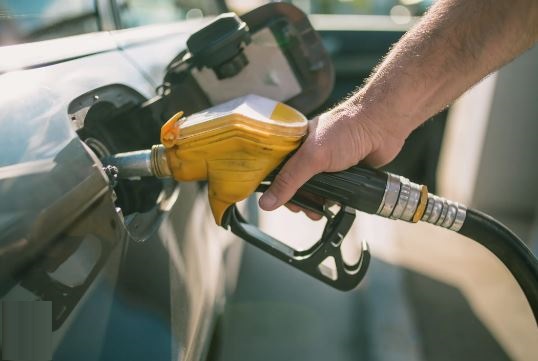New Delhi (Tuesday March, 21), Recently India’s Ethanol blending initiative is making major headlines in media while also creating buzz around industry experts regarding its usage as an alternative of conventional fuel such as petrol.
The relevance of its future prospects can also be traced by the amount of times it gets featured in dialogue between ministers in Lok Sabha and Rajya Sabha. In one such dialogue Minister of State for Environment, Forest and Climate Change, Ashwini Kumar Choubey sheds light upon efforts of centers in order to bring nations carbon emissions to net zero till 2070 referring to Nationally Determined Contribution (NDC) for the period 2021-2030.
He then also went on to address the target of blending 20% ethanol in petrol by Ethanol Supply Year (ESY) 2025-26 which was also highlighted by Union Power & NRE Minister R. K. Singh.
Where according to laid out roadmap of NITI Aayog based on projected sale of Motor Spirit (MS) the country’s current production threshold of ethanol lies approximately around 1037 crore litres which would and nearly half of it or around 542 crore would be required in Ethanol Supply Year (ESY) 2022-23 to blend it with Petrol. Thus in order to achieve blending of 20% or 1016 crore litres the nation has to produce double the amount of current production rate. Alongside this facts Mr. Singh also stressed upon 2341 crore of Foreign exchange was saved by blending of ethanol in petrol during 2021-22.
With the introduction of National Policy on Biofuels-2018 the center addressed varied aspects which surrounds the ethanol production, were the use of feed-stocks like agricultural residues rice straw, cotton stalk, corn cobs, saw dust, bagasse etc other than sugarcane was allowed.
Government also reduced GST on ethanol meant for Ethanol Blended with Petrol from 18% to 5%. Though, high cost of production of ethanol led to government and oil marketing to fix its remunerative prices.

